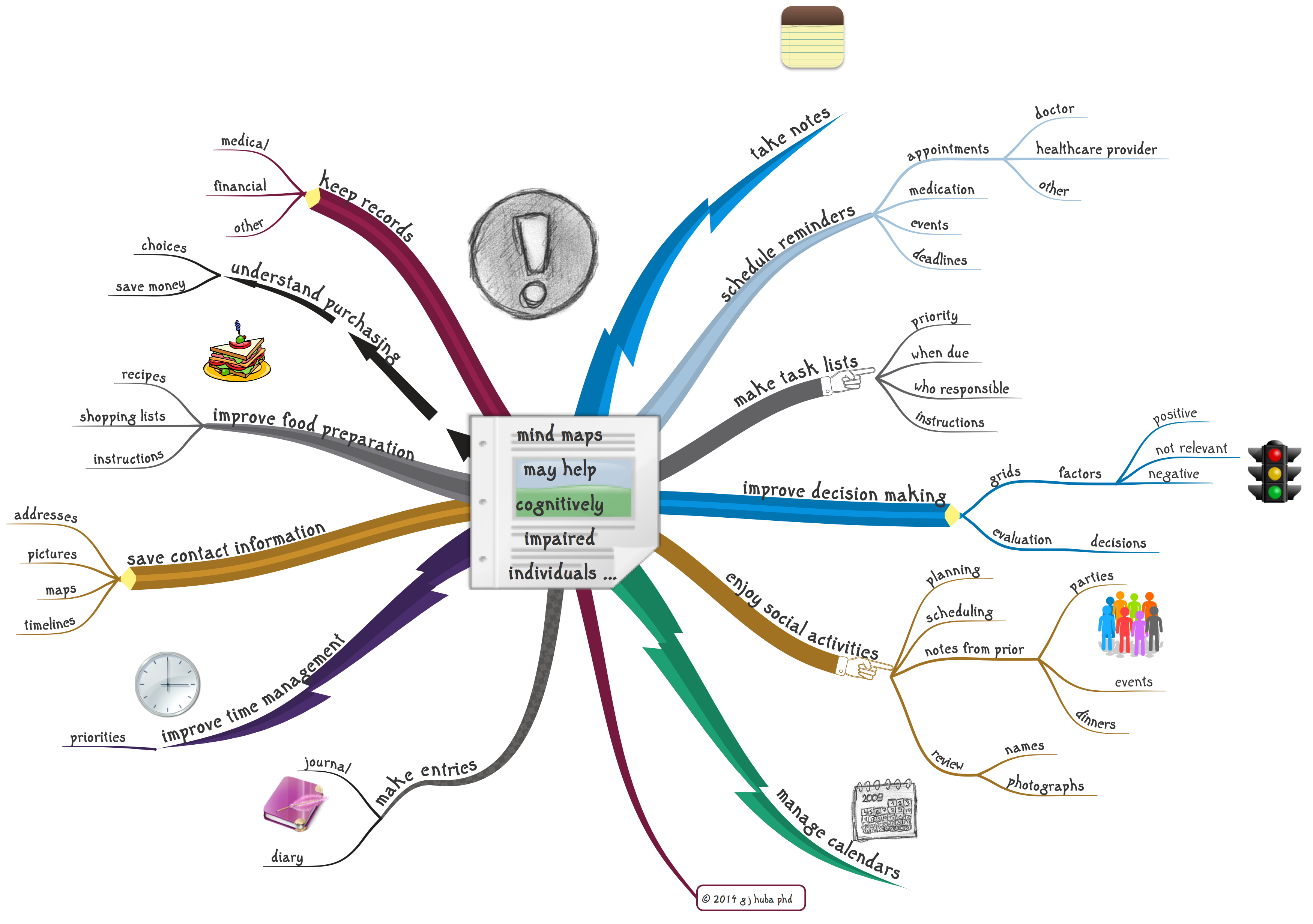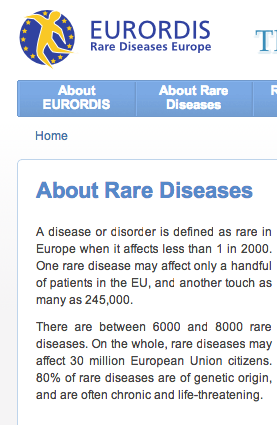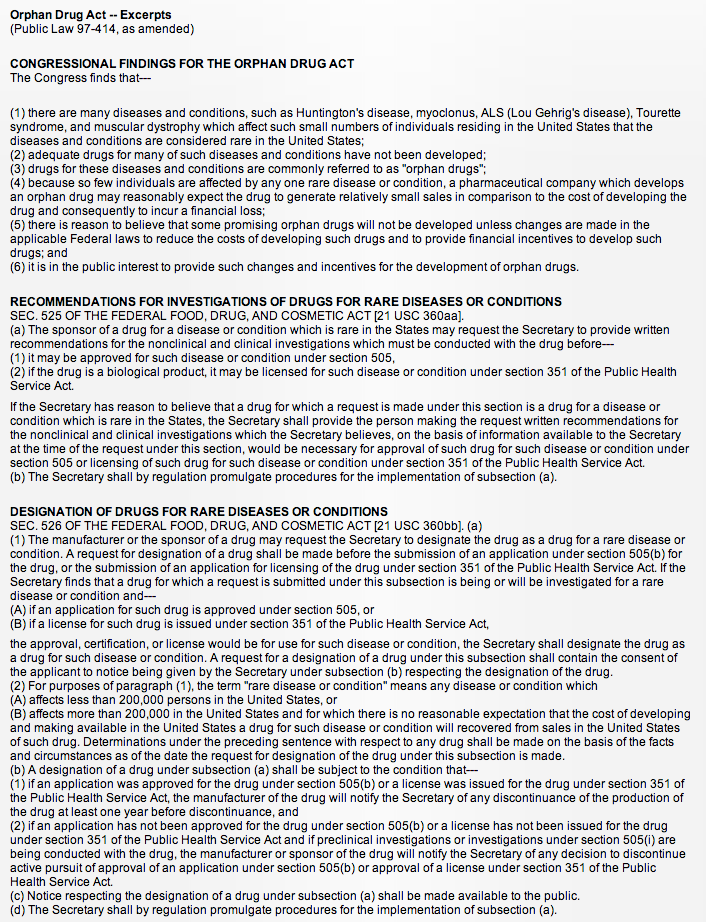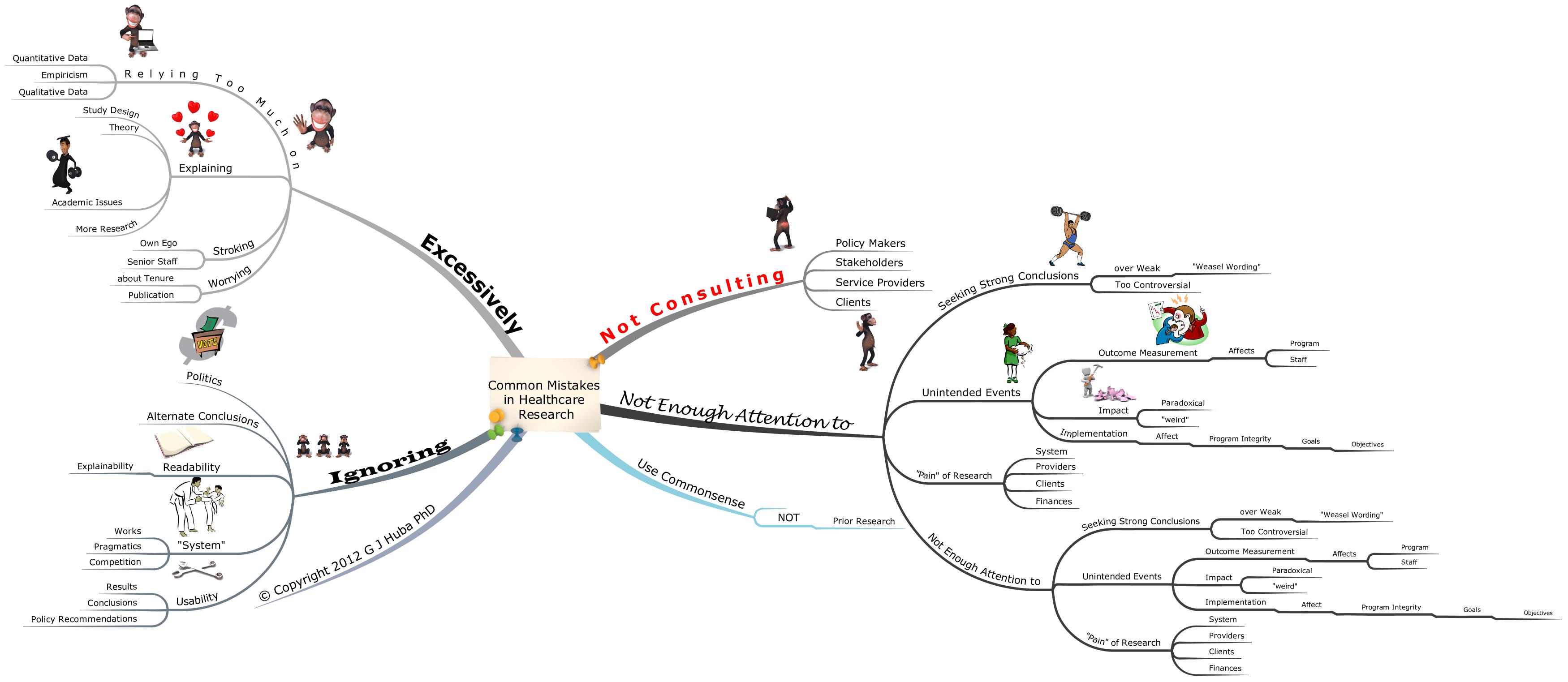Tweets from July 19, 2016. While shortened for Twitter’s character limit, the meaning of these tweets should be fairly transparent. I believe that most of the so-called Dementia “Organizations” or “Charities” need huge restructurings of their operations in order to actually understand and attend to the needs of Persons with Dementia.
If you want to learn about non-profit organization that does its job extremely well (albeit in a different area), search information on the AIDS Healthcare Foundation in Los Angeles. Superb job. Big bang for the buck. And follow them on Twitter at @aidshealthcare.
What can u do with $5/day/Person with Dementia 2 improve lives. My ideas at https://t.co/mfTktKUWId. Where r yours? Let's pool ideas.
— George Huba (@DrHubaEvaluator) July 19, 2016
+1 It is not about spending a lot of money. It is about careful, innovative planning with input all stakeholders. https://t.co/N4Qfuzkiee
— George Huba (@DrHubaEvaluator) July 19, 2016
I suspect dementia organizations would b shocked 2hear what persons with dementia say they need. When last asked? 11
— George Huba (@DrHubaEvaluator) July 19, 2016
Can person w dementia safely cross street 2grocery shop? I cannot. Streets 2wide, stop lights 2short, I walk 2slow. Cheap fix. INNOVATE.
— George Huba (@DrHubaEvaluator) July 19, 2016
More importantly: show me the implementation of your innovation. How many others have adopted it? https://t.co/ZFbEqx3APU
— Mariska Koster (@MariskaKoster) July 19, 2016
@DrHubaEvaluator Ditto for any org that says it creates employment for people with learning difficulties -but only *paid* work is for others
— welshflier (@welshflier) July 19, 2016
A very simple test of a dementia organization's web site is this. Can you understand their definition of dementia. Really. Try this. 9
— George Huba (@DrHubaEvaluator) July 19, 2016
As skilled program evaluator&person with dementia, I note that dementia organizations do not need 2b big 2innovate. Just smart&committed. 8
— George Huba (@DrHubaEvaluator) July 19, 2016
What I want know from dementia organizations is what THEY have INNOVATED, not how many people they have hired. SHOW ME THE INNOVATION. 7
— George Huba (@DrHubaEvaluator) July 19, 2016
Interesting that I (& @utiliatrian & others) have more info in Tweets, blogs, web sites than dementia charities that do not follow/read. 6
— George Huba (@DrHubaEvaluator) July 19, 2016
Innovating dementia solutions not holding another professional meeting of those NOT very creative at inexpensive care. INNOVATE IF U CAN! 5
— George Huba (@DrHubaEvaluator) July 19, 2016
Any organization can say that if give them money they can hire people to help those with dementia. SHOW ME innovations on the web sites. 4
— George Huba (@DrHubaEvaluator) July 19, 2016
If world's dementia organizations want to figure out low-cost solutions to dementia problems they need to talk to people with dementia. 3
— George Huba (@DrHubaEvaluator) July 19, 2016
Most of the world's dementia organizations fundraise and reprint public domain US govt info websites. NO INNOVATIVE SOLUTION here. 2
— George Huba (@DrHubaEvaluator) July 19, 2016
As person with dementia AND PhD healthcare evaluator find websites "dementia organizations" do little to address REAL needs of PWDs. (1)
— George Huba (@DrHubaEvaluator) July 19, 2016
.@utilitarian 🙂 We need 100s (1000s) of others to help link dementia advocates. Twitter much better than the "dementia charities." Unite.
— George Huba (@DrHubaEvaluator) July 19, 2016
+1 /In USA, civil rights of disabled people are violated every time they walk down street (not overstating). https://t.co/XBNcGWcwzI
— George Huba (@DrHubaEvaluator) July 19, 2016
#FF if you follow the news/research about dementia on Twitter, you must follow @utilitarian Caron Leid.
— George Huba (@DrHubaEvaluator) July 19, 2016
BBC: 'Disabled are treated like second-class citizens' – David Isaac the new chair of the Equality and Human Ri… https://t.co/WCRRhpMOZu
— George Huba (@DrHubaEvaluator) July 19, 2016
Any organization can say that if give them money they can hire people to help those with dementia. SHOW ME innovations on the web sites. 4
— George Huba (@DrHubaEvaluator) July 19, 2016
A very simple test of a dementia organization's web site is this. Can you understand their definition of dementia. Really. Try this. 9
— George Huba (@DrHubaEvaluator) July 19, 2016
Interesting that I (& @utiliatrian & others) have more info in Tweets, blogs, web sites than dementia charities that do not follow/read. 6
— George Huba (@DrHubaEvaluator) July 19, 2016
.@utilitarian 🙂 We need 100s (1000s) of others to help link dementia advocates. Twitter much better than the "dementia charities." Unite.
— George Huba (@DrHubaEvaluator) July 19, 2016
























